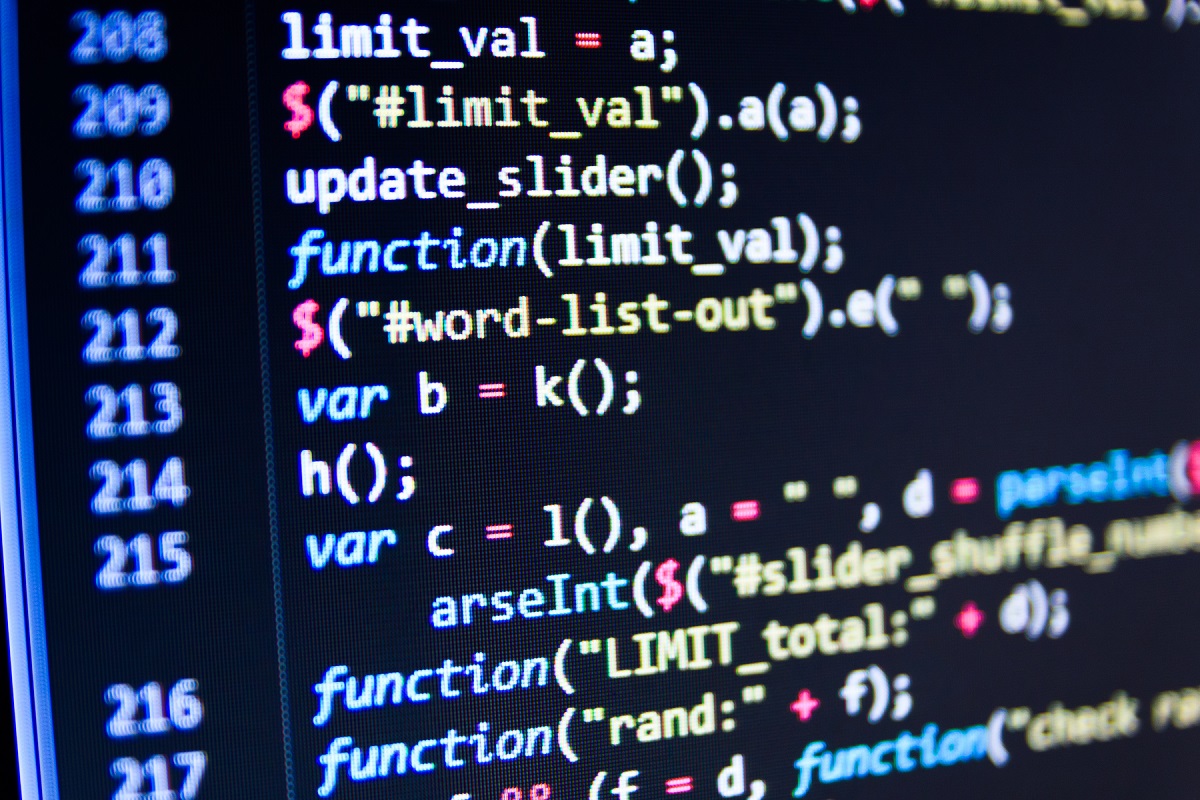Many of my design friends are noticing that their counterparts in tech are going into coding school or teaching themselves front-end development. As a result, some are wondering if they should also be learning coding.
The truth is, there are quite a few benefits to being a designer who knows the basic markup languages (HTML and CSS). Although you might not be creating a website yourself, you are responsible for design and user experience. Therefore, it’s crucial that you and the developer are on the same page.
Like any relationship, it is a two-way street. Designers and copywriters used to be a common partnership in agencies because the creative needed to be consistent. This partnership is still important. However, designers also need to collaborate well with developers.
In order for them to work well together they need to be able to communicate with each other successfully and understand the scope of the project. Just as designers need to understand their clients’ messaging, they also need to know how their graphics fit within the site’s functionality. Designers and developers who understand each other’s work can put together a better result than when they work in silos. The key to making this work is communication.
Learning how to code can help make you a better designer. There are many more possibilities with animation on the web than there were in the past and this is always changing and growing. Knowing the possibilities of the platform that you are designing for will help you develop your design.
Learning how to code can seem like a daunting task but it’s never been easier to learn new skills. There are tons of new courses, tutorials and tools shared online every week. For example:
W3Schools is a web developer information website, with tutorials and references relating to HTML, CSS, JavaScript, PHP, SQL, Bootstrap, and jQuery. They focus on simple and straightforward learning by using simple code and explain how to use it. Tutorials on W3Schools start at a basic level and move all the way up to professional references. It is also the world’s largest web developer site and is a free resource.
Hour of code is a one-hour introduction to computer science, designed to take code and simplify it to show that anybody can learn the basics. The Hour of Code is organized by Code.org, a non-profit dedicated to expanding participation in computer science by making it available in more schools. Anyone can sign up to host an Hour of Code event at their school or in their community. Each year Hour of Code takes place during Computer Science Education Week, which is Dec. 5-11 this year.
Recently, a few of us in the office starting doing a ‘lunch and code’ once a week and spend it working on freeCodeCamp.com, an open source community of people who learn to code and use their learned skills to help non-profits. The lessons are broken down into small digestible sections and include introductory HTML5 and CSS courses, basic JavaScript, intermediate front-end development, and advanced algorithm scripting. The variety of courses available are impressive for a free resource.
The tools provided today make it easy to learn in your own time and wherever you are. With a huge growth of jobs in the tech industry now is the perfect time to start learning code and markup language.


